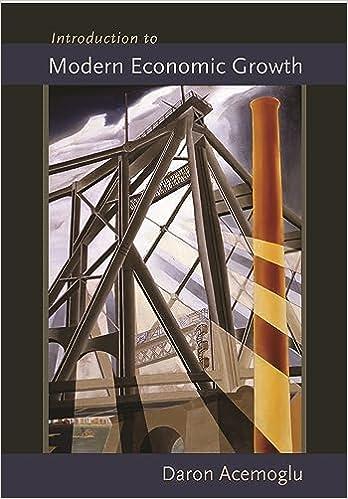Exercise 15.28. * The analysis in the text has treated the supply of the two factors as
Question:
Exercise 15.28. * The analysis in the text has treated the supply of the two factors as exogenous and looked at the impact of relative supplies on factor prices. Clearly, factor prices can also affect relative supplies. In this exercise, we look at the joint determination of relative supplies and technologies. Let us focus on a model with the two factors corresponding to skilled and unskilled labor. Suppose a continuum υ of unskilled agents are born every period, and each faces a flow rate of death equal to υ, so that population is constant at 1 (as in Section 9.8 above). Each agent chooses upon birth whether to acquire education to become a skilled worker. For agent x it takes Kx periods to become skilled, and during this time, he earns no labor income. The distribution of Kx is given by the distribution function Γ(K) which is the only source of heterogeneity in this economy. The rest of the setup is the same as in the text. Suppose that Γ(K) has no mass points. Define a BGP as a situation in which H/L and the skill premium remain constant. (1) Show first that in BGP, there is a single-crossing property: if an individual with cost of education Kx chooses schooling, another with Kx0 < Kx must also acquire skills. Conclude from this that there exists a cutoff level of talent, K, ¯ such that all Kx > K¯ do not get education. (2) Show that, along BGP relative supplies take the form: H L = Γ(K¯ ) 1 − Γ(K¯ ) . Explain why such a simple expression would not hold away from the BGP. (3) How would you determine K¯ ? [Hint: agent with talent K¯ has to be indifferent between acquiring skills and not]. Show that the relative supply of skills as a function of the skill premium must satisfy H L = Γ (ln ω/ (r∗ + υ − g∗)) 1 − Γ (ln ω/ (r∗ + υ − g∗)), where r∗ and g∗ refer to the BGP interest-rate and growth rate. (4) Determine the BGP skill premium by combining this equation with (15.27) and (15.30). Can there be multiple equilibria? Explain the intuition.
Step by Step Answer:







